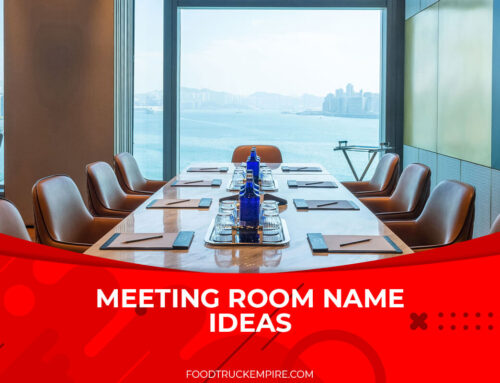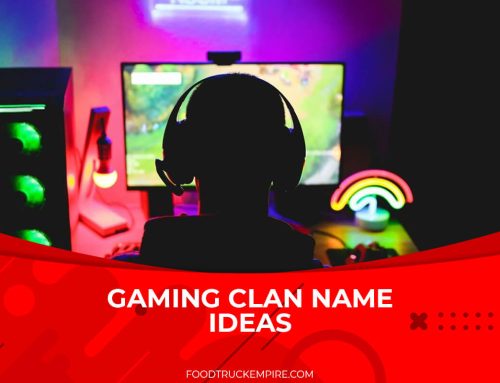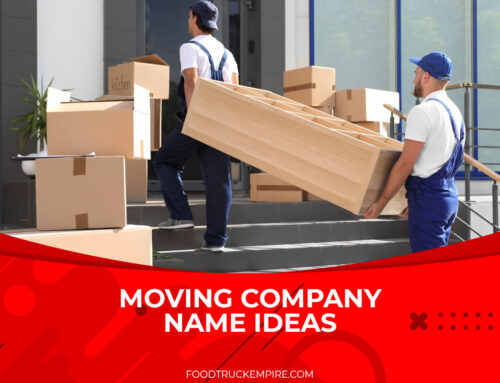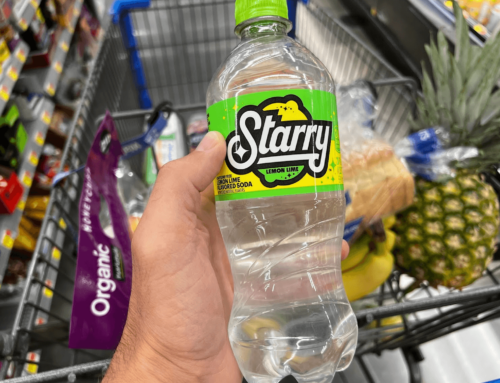The meal kit industry hit over $5 billion dollars annually and continues to grow according to industry reports. But this doesn’t mean doing business will be a cake walk for any of these companies.
Double digit customer churn rates each quarter, the high-cost of producing, packaging, and delivering products combined with over 200 companies operating in the United States alone make this industry a real-life cut-throat kitchen. In today’s post, we analyze the staggering industry statistics and take a look at some of the shifts companies are making in an effort to survive and hopefully thrive over the next 5 years.
If you want to learn more about what it takes to start a self-funded meal kit company, we interviewed the founder of MealPro that shares how he was able to grow the business to 11 employees and over 5,000 customers.
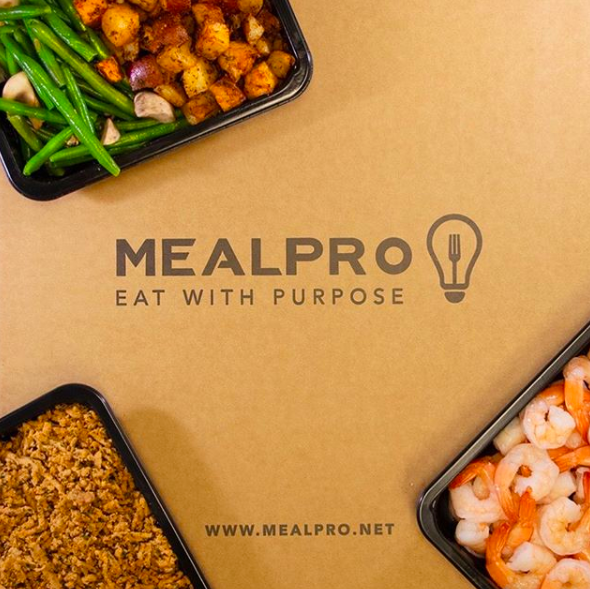
Customer Retention Challenges
One of the biggest challenges of meal kit companies like HelloFresh and Blue Apron is getting paying customers to stick around and continue to pay a monthly subscription.
Blue Apron lost 13.78% of its customers (roughly 89,000 subscribers total) in a single quarter of 2018. Surprisingly this level of churn is not out of the ordinary for a business in the meal-kit industry. (DigiDay)
Some reports have estimated that 77% of Blue Aprons customers will cancel each year. This puts an incredible amount of pressure to find new customers to replace existing ones all the time. (Medium)
About 80% of HelloFresh customers cancel in the first 6 months. (PYMTS)
Blue Apron stock had their initial public offering at $10 per share. If you were an investor on day one, you’ve lost money.
Generation X and baby boomer consumers tried 3.5 different diets on average in the past year. These ever-changing specialty diets and preferences are hard to adapt to as a meal delivery company. (FoodBusinessNews)
Investor Capital Entering the Industry
The early days of the meal kit industry was supported by massive investments. Back in 2017, HelloFresh was able to raise $330 million on the Frankfurt stock exchange. The company was valued at $1.9 billion at the time.
In recent years, meal kit companies getting outside investment are not targeting the mass market consumer. Instead, they are niching down and providing meals designed for specialty diets or healthy consumers.
Purple Carrot, a plant-based meal company, sold for a $12.8 million upfront payment and earn-out potential of another $17.2 million through 2021. (Progressive Grocer)
The healthy meal-kit company Sun Basket raised $125 million in funding as of 2019. (Progressive Grocer)
While investor backed meal-kit companies might seem like the norm there are plenty of companies that have gotten off the ground without the help of outside capital.
Butcher Box, the meat-subscription business, got started with $10,000 and a KickStarter campaign. (Boston Globe)
Andy Sartori, the founder of MealPro, self-funded his company that employs 11 people and generates over $1 million in sales annually. (FoodEmpirePro)
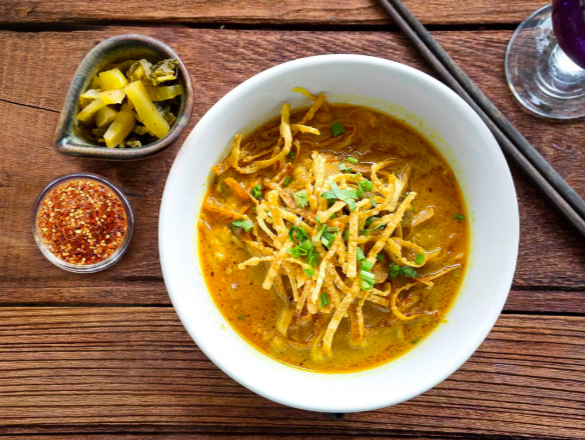
Revenue Per Customer
Blue Apron averaged $252 in annual revenue per customer in Q4 of 2018. These figures shift over time. (DigiDay)
Oven-ready meal kits from Home Chef are currently sold at $8.50 per meal price point. These low-price points make it challenging for subscription services to build in margin. (SuperMarketNews)
81% of customers believe delivered meal kits are more healthy than takeout food. (USAToday)
Every $1 in increased in the price of a meal kit represents an estimated 5% increase in Blue Apron gross margin. When you get to the level of scale where you have tens of thousands of monthly subscribers, incremental price increases or cost savings can transform the business. (Toptal)
Increased Competition
Much of the increased competition isn’t coming from exciting online startups innovating their way to success. It’s actually grocers and chains like Walmart and Target that are offering more meal kits in their stores. In 2018, 32% of meal kit buyers purchased exclusively in a store (1). This is a trend that’s expected to grow more in the coming years.
Kroger acquired the home kit meal kit service Home Chef in 2018. Today, these meal packages are available in more than 900 Kroger stores. (SuperMarketNews)
Retailers added 187 new meal-kit items in 2018. This number is expected to grow over the next five years.
Chef’d was a seemingly successful meal-kit business being sold across major retailer like Costco and employed hundreds of employees went out of business suddenly in 2018. The brand name was later purchased. (Los Angeles Times)
Weight Watchers has even launched their own meal-kit arm to help individuals with their weight loss goals. The initial plans is that these will be sold in retail only. (Review Chatter)
Amazon has entered the meal kit delivery market too. The average cost of a kit are in the $15 – $20 range per meal. The company also has the benefit of distribution through Whole Foods. (Amazon)
The Industry Continues to Grow

About 9% of United States households have purchased a meal kit in the last 6 months. This number is expected to grow in the next 5 years. (Nielsen)
An estimated 25% of consumers say they would consider trying a meal kit in the next 6 months. Only an estimated 9% of U.S. based consumers have tried these so far. (Nielsen)
HelloFresh maintains leadership in the industry with 33% market share. This could slip in the coming year, however. (Forbes)
Takeout Kit has continues to grow at 50% YOY. The company expects to have shipped 25,000+ meal kits by the conclusion of 2019. (2)
Meal kits sold in grocery stores account for 60% of all meat kit user growth. In store meal kit sales have exceeded $93 million annually. (Review Chatter)
Meal Delivery Industry Trends and Struggles

We know this is a market with challenges retaining customers and competition from low-margin grocery stores making the overall industry even less appealing.
One key challenge with the subscription model is being able to satisfy customers longterm, month after month, and year after year. It seems inevitable that customers will be shipped boxes they either don’t like or aren’t super excited about. Sometimes you’re in the mood to eat Indian or pizza and these meal kits make satisfying nightly cravings difficult.
Another challenge is the overall economics of the subscription model. The meals needs to be produced by hand, packaged and shipped… All of this costs money.
To keep food from spoiling, especially meats, you need to ship in boxes with ice packs. This adds to the over costs of goods sold (COGS) for a business. All this packaging creates a lot of waste too, which has been well documented. Ironically, enrolling in a meal delivery service might be less eco-friendly than driving to the grocery store.
Related Reading: Global Coffee Industry Statistics and Consumer Trends Analysis
One simple way to lower the average cost of a meal kit is to reduce the quality of food or the portion size. But reducing quality to better compete on price isn’t a winning strategy most of the time.
Due to the existing infrastructure and supply chain of grocery stores, the newer in-store meal kit brands don’t have the same challenge. They are able to leverage existing supply chains, relationships with suppliers, and keep product cool until purchase. There’s a lower barrier to entry for customers since it’s a one-time purchase instead of a monthly commitment too.
More Specialized Meal Kits are the Future
Based on current trends, we expect even more specialization in the meal-kit industry moving forward. It will become less and less likely new meal kit startups will enter the margin pressured mass market where they will compete head on with grocers. Instead, these companies will niche down to find more lucrative sub-segments of the online delivery market.
With the rise in popularity of speciality diets like Paleo, vegetarian, low-carb, Keto, high-protein, ancient grain and many other alternatives these are the markets that specialty meal kits will aim to serve. While the cost of ingredients will always remain a factor in operating these businesses, customer profiles that are less focused on price and more focused on quality food that better aligns with these lifestyles.

